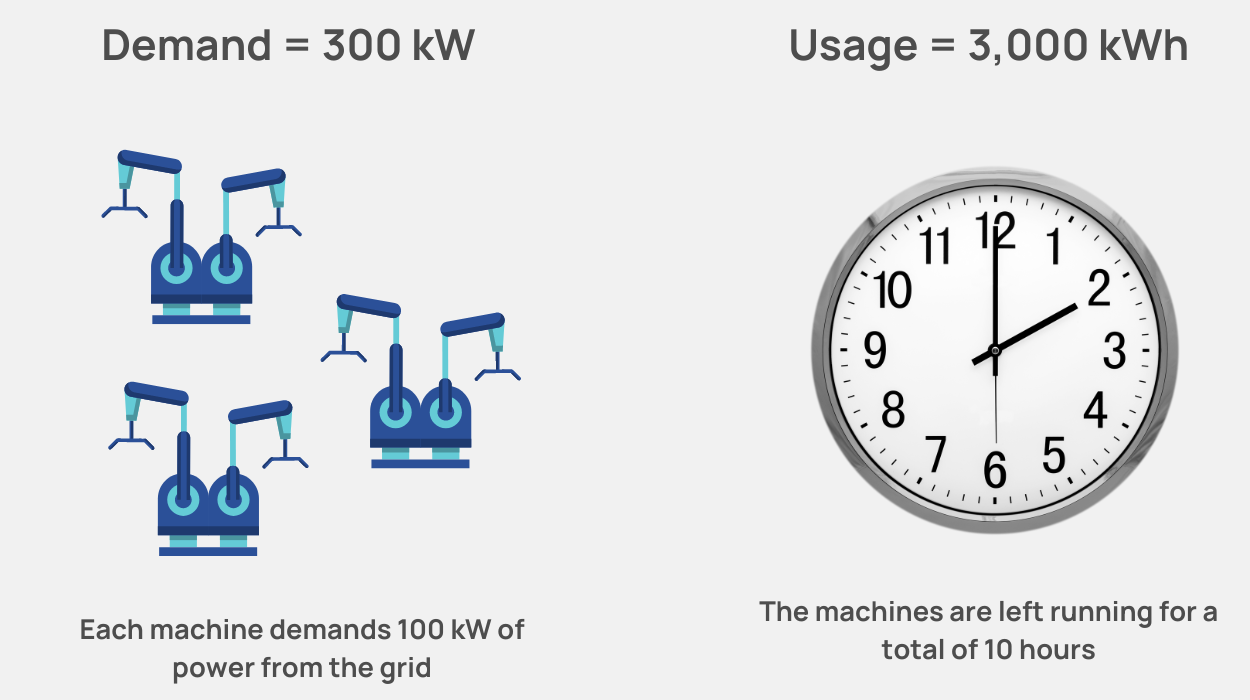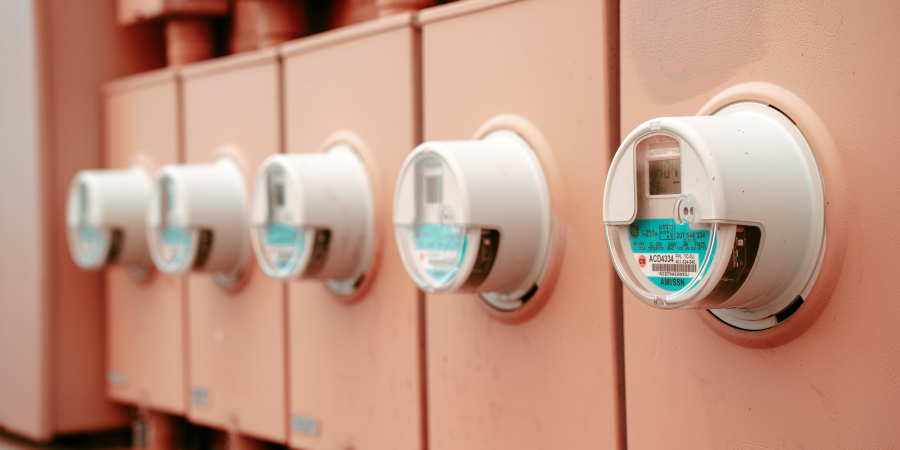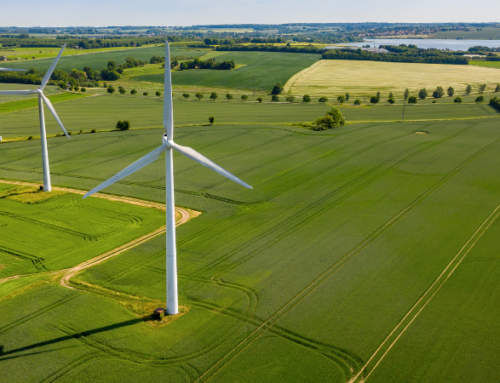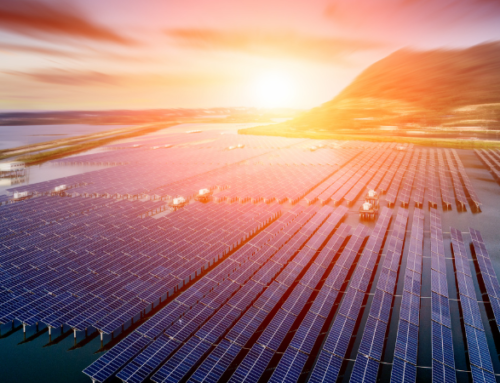Energy demand charges can be difficult to understand for most consumers. And, deciphering the difference between energy demand and energy supply charges can seem even more daunting. This article aims to better explain how demand charges are calculated and what you can do to reduce your total energy expenditures.
What Is An Energy Demand Charge
The best way to think about energy demand is to consider the tide of the sea. The high water mark is the highest point the ocean reaches when the tide is in. Energy demand is the high water mark, or total maximum demand, that your commercial building or home consumes during any given billing period.
Now, it is important to understand the difference between energy demand and energy usage. Energy demand is simply the maximum amount of power demanded from the grid at any given time. Energy usage, on the other hand, is the total power demand used over a period of time. Energy demand is always billed and calculated in Kilowatts (kW), while energy usage is billed in Kilowatt-hours (kWh). And, the difference between kW vs. kWh can seem confusing.
When looking at the total anatomy of an electric bill, demand charges are found under the delivery portion of the electricity bill. More on how these charges are calculated below.
How Do You Calculate Demand Charges
Each electric utility company has a different way of calculating demand charges for commercial and industrial customers. In fact, most utilities will segment commercial customers into different types of rate classifications based on how they consume electricity. And, the way demand is calculated for each rate class is different.
Overall, demand charges are billed in $/kW and appear under the delivery portion of the electric bill. The total kW, or Kilowatts of demand, is read by the electric meter. Some utilities read electricity demand in real-time, while others simply read the meter at certain time intervals. Usually, the total demand for any given billing period is the maximum kW read during that period.
Demand Charge vs. Energy Charge
Energy demand and energy usage are often confused with each other. While both charges appear on your electricity bill, the way they are calculated is completely different. To better understand the differences between energy demand and energy usage, let’s explore the illustration below:

The example above shows a factory with three pieces of equipment. Each piece of equipment is identical and requires 100 Kilowatts (kW) of electricity to operate. The total amount of energy demand is 300 kW (3 machines x 100 kW of demand).
The plant operator decides to run these machines continuously for a 10 hour shift. Over the course of 10 hours, the three machines use 3,000 Kilowatt-hours (kWh) of electricity (300 kW of demand x 10 hours of usage).
This example illustrates the key difference between energy demand charges and energy usage charges. Demand is constant and is based on the total power needed to operate the machine. Usage is variable and based on how long the machines run. No matter how long the machines operate, they will only ever demand 300 kW of electricity. And, if they operate for 100 hours, they will consume 30,000 kWh of electricity usage.
Delivery charges on your utility bill are primarily calculated using demand, or kW, while supply charges are calculated using usage, or kWh.
Can One Avoid Demand Charges On Utility Bills?
No! If the business or commercial building is open and using electricity, then there will always be a demand charge. Remember, demand is calculated by the total amount of electricity needed to power a motor, light bulb, or HVAC unit. Even if you only flip on the lights for a second and then turn them off, they will demand a certain amount of power to be turned on.
There are some ways to better manage your demand costs and even reduce them over time, however. The next section outlines different methods and energy efficiency solutions to reduce your peak demand and total energy costs.
Managing Energy Demand
In order to pay less for energy demand, there are two ways to reduce your total costs. The first is by reducing the amount of energy demanded during any given billing period. And the second is to pay less for each kW of power demanded. Let’s explore both in more detail.
Reduce Your Energy Demand
There are many ways to reduce your total peak demand. Remember, the electric meter is measuring the high water mark of your electricity demand during any given period, so reducing that peak can save you money in demand charges. Here are some surefire ways to reduce peak energy demand:
- Stagger motor run times
- Enter into a demand response program
- Avoid turning on all electrical appliances at once
- Replace older lightbulbs with LEDs
- Upgrade to high-efficiency motors and appliances
- Install energy-efficient HVAC units
Pay Less For Energy Demand
Now you might be thinking that you can only shop for electricity usage supply in deregulated energy states, but some businesses have the option to choose better demand and delivery schedules. In certain circumstances, the local utility company will allow commercial and industrial businesses to choose less expensive demand schedules based on the way the business operates. It is important to contact an energy expert to guide you through this process as it can be detailed and cumbersome.
Looking For Ways To Reduce Your Utility Bills?
Our team of utility experts has decades of experience auditing utility bills, advising customers on demand reduction, managing demand response, and helping to cut energy costs. Contact us today to learn more about reducing your utility expenses.



